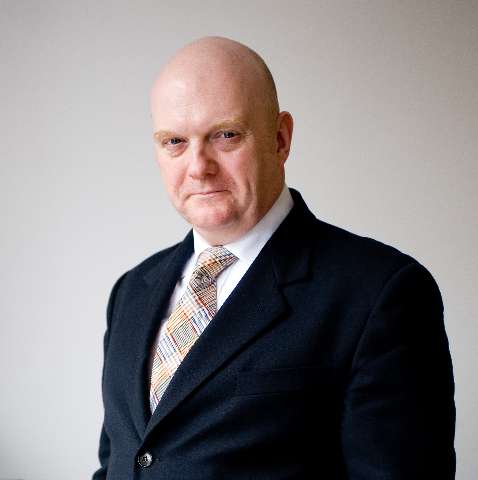Woolf Works begins with the author’s own voice talking about the “echoes and memories” of words in a recorded radio broadcast from 1937, entitled On Craftsmanship. Those familiar with Wayne McGregor’s ballet from its original award-winning performances in 2015 may have anticipated this opening but hearing Virginia Woolf’s clipped, cut-glass English accent more than 80 years after her suicidal drowning is still surprisingly stirring: an emotional shock repeated when the third act is introduced by a recorded voiceover of Gillian Anderson speaking Woolf’s haunting (third and final) suicide letter to her husband, Leonard. This use and positioning of Woolf’s own words is of huge sentimental significance.
The plurality of the title is also important because the programme is essentially three works presented separately as a closely coordinated triple bill. Rather than following any linear narrative thread, which in any event would have been inappropriate in relation to Woolf’s work, the trilogy focuses on each of three separate novels: beginning with I now, I then as a thematic interpretation of Mrs Dalloway (1925); then Becomings to represent the fictional biography of Orlando (1928); and finally, Tuesday for The Waves (1931). This chronological linearity is linked to aspects of Woolf’s own life, although the obvious connection of The Waves to her death employs artistic licence insofar as it was published ten years before her suicide. In so many ways, this thematic approach to Woolf and her work was fraught with risk but thanks to McGregor’s direction, the tight dramaturgy of Uzma Hameed and the outstanding, descriptive music of Max Richter (superbly performed under the direction of Koen Kessels), it has been holistically coordinated to achieve an arresting and largely continuous dramatic impact.
Alessandra Ferri reprised her world premiere role (partly Woolf, partly her characters) with her own unique form of physical alchemy. I rarely mention a dancer’s age but, in this case, it is necessary to emphasise a point. Ferri (who first joined The Royal Ballet in 1980) is just two months’ short of her 60th birthday and she appears not to have aged in years! This is a role that can only be accurately portrayed by a mature dancer and Ferri is now just a few months’ older than Woolf when the author took that final, fatal walk into the River Ouse, her clothing weighed down by stones.
From her lyrical opening duet (as Mrs Dalloway’s Clarissa) with another evergreen dancer, Gary Avis (as Richard) to her closing performance as part of the Tuesday ensemble, including a passionate duet with William Bracewell (who, like Ferri, performs in both the first and third works), she was enchanting, whether as the absorbing central attraction or just casually observing from the shadows. Ferri is demure; she is expressive; she is electric. We have loved her for 40 years and, on this form, there should still be more years yet.
In addition to the solid presence of Avis and the mercurial Bracewell, elsewhere in the cast of the Mrs Dalloway section, Yasmine Naghdi and Francesca Hayward (as the Young Clarissa and Sally) were effervescent “young things” of the 1920s, with Anna Rose O’Sullivan (Rezia), Calvin Richardson (Septimus, the social outcast) and Joseph Sissens (Evans) completing an exceptionally strong cast of soloists that set Woolf Works off in style. Ciguë’s slowly revolving set of huge wooden picture frames presents an adventure playground for their activity.
Hayward, O’Sullivan and Sissens returned for Becomings alongside Fumi Kaneko and Mayara Magri as soloists within a dozen-strong ensemble, wearing sparkling, gold, Elizabethan costumes designed by We Not I. A powerful aesthetic accentuates each part of Woolf Works and in this middle part of the triptych the effect is to transition the Elizabethan era into a futuristic alien space with spectacular costumes and lighting. Laser beams shoot out like wartime searchlights over the audience, forming imagery that suggests that clouds are trapped inside giant sheets of glass. At times it seemed as if the design aesthetic overwhelmed the dance.
Introduced by Woolf’s final poignant words to her husband, Tuesday provides a special ending (it was the memory that had stayed with me since 2015). The Waves was inspired in differing ways by childhood and the sea, and both are obvious in McGregor’s staging with the presence of students from The Royal Ballet School amongst the large ensemble and the powerful slow-motion black-and-white film (by Ravi Deepres) of waves crashing towards the shore. McGregor’s group choreography is at its most intense in this section with a rich flow of human movement on stage aligned with the roaring sea above. Imagery that had stayed strong for eight years will now stay stronger still.
Every decade or so, The Royal Ballet creates a new work that will endure in its signature collection, and there's little doubt that Woolf Works deserves its place among that elite.




